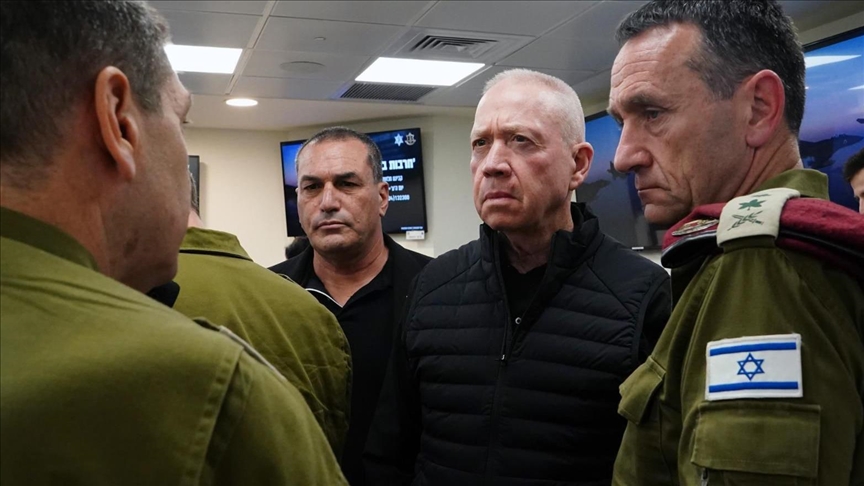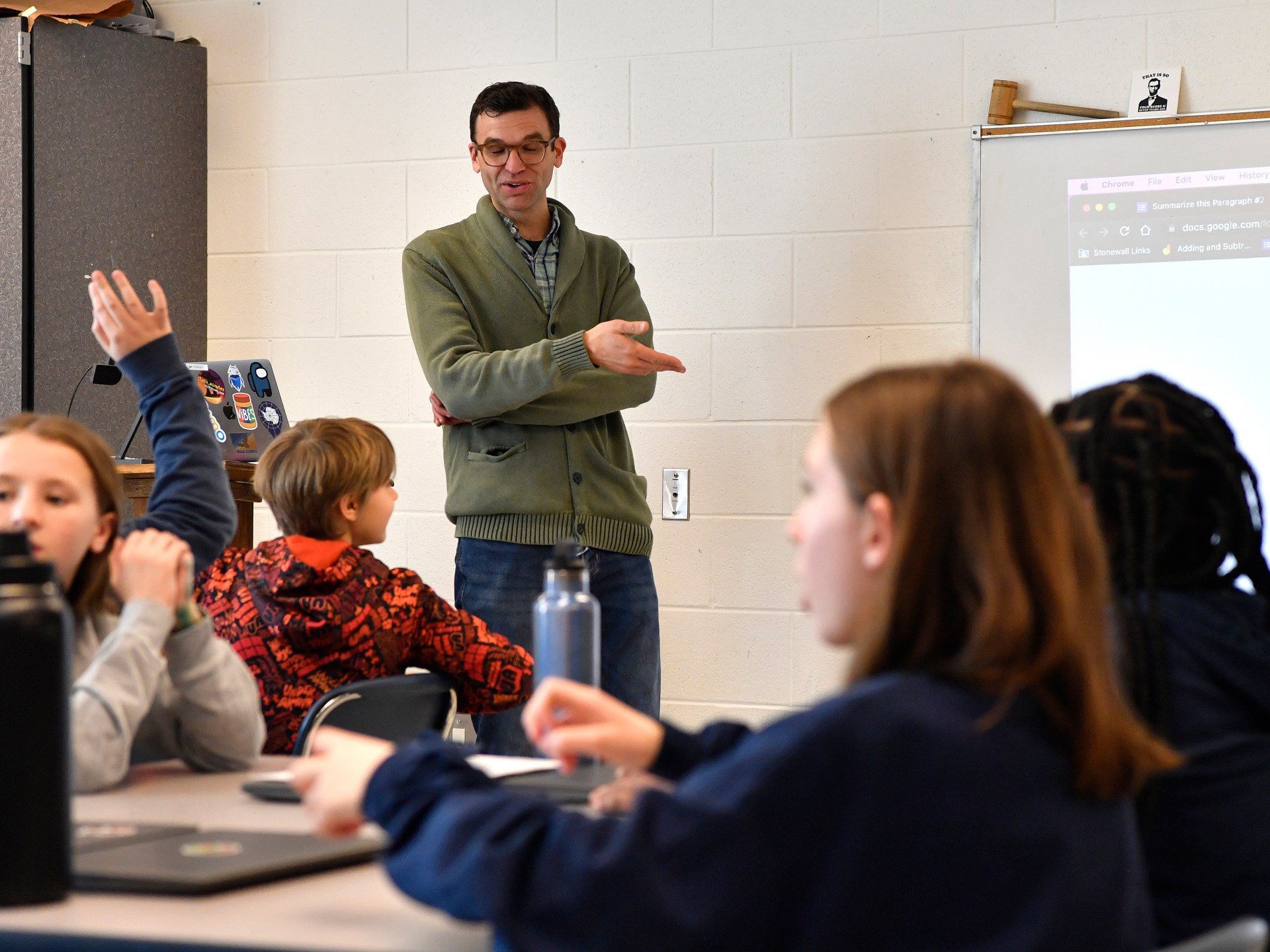1.5 Million Kashmiris Demand Self-determination
“There are 800,000 Indian troops present in Kashmir. India doesn’t need this huge presence of army to flush a few thousand militants, but they have been sent to control the local population”, Booker Prizewinner Arundhati Roy told reporters after visiting the exhibition
“These soldiers are occupation forces.”
She contended that militancy was spreading across many parts of India, “primarily because of oppression,” asserting that democracy “means nothing for oppressed people.”
Professor Kamal Mitra Chenoy of Delhi’s Jawaharlal Nehru University blamed the lack of democracy in Kashmir on the 57-year-old dispute.
He lashed out at the “oppression of Kashmiris (and) use of force against civilians through unlawful acts”.
“Those who oppress others can’t live themselves free,” Chenoy said, blasting the Indian media over its Kashmir reportage.
Rights Violations
India’s former envoy to UK and acclaimed journalist Kuldeep Nayar confessed that human rights violations have taken place in Kashmir.
“There is no one,” he said, “who can deny that human rights violations are not happening in Kashmir. I met Yasin Malik first time when he was on fast unto death to protest against violations in Kashmir,” Nayar recalled.
“He wanted to meet me and when I enquired what he wanted, he replied Amnesty International team should be allowed to come to Kashmir.”
“And when I later went along with other colleagues to Kashmir,” Nayar said, “we prepared a report which Pakistan later exploited in United Nations.”The “Voices for Peace, Voices for Freedom” exhibition, held at Gandhi Peace Foundation premises, also showcased 340-hour-long of un-edited video tapes about concentration camps run by Indian forces at various locations in the Valley of Kashmir as well as over 5,000 still photographs.
It also exhibited around 5000 demonstrations in 5000 Kashmiri villages and coverage of the signature-gathering campaigns over the last few years.
Launched in June 2003, the signature campaign was undertaken by the JKLF to guarantee inclusion of Kashmiris in any future talks to resolve the Kashmir issue.
It also plans to organize similar exhibitions in leading Indian universities, the US and Europe.
Peace Mandate
JKLF chief Yasin Malik described the signature campaign as the Kashmiri people’s verdict for peace and inclusion in the India-Pakistan dialogue.
“The Kashmir issue can be resolved only through genuine dialogue process between India, Pakistan and representatives of Kashmiris.
“I’m here with the mandate of trust and with message of peace,” he asserted.
“We have recorded the most transparent and democratic verdict by people and every form marks the identity of the person interviewed,” Malik averred.
“Every village told us a new story”.
The JKLF chief urged Indian intellectuals to support the voice of people for Kashmir.
“You have to engage Kashmiri people in the peace process, if you want acceptable solution of Kashmir issue,” he said.
Founded in 1965, the JKLF is the oldest Kashmiri secessionist movement and was the first to raise arms against the Indian army and administration in Kahsmir.
Malik, who has spent many years in Indian jails, charged that despite renouncing armed struggle in 1994, Indian security forces have killed 600 members of his organization since.
He himself was arrested 100 times during this period and was subjected to six murder attempts since.
“Was Gandhi ever sent to interrogation centers by the British?” Malik asked.
He cautioned that if Kashmiris are sidelined from the Indo-Pakistan peace process, Kashmir will witness more violence.
Gandhian Way
The gala was attended by a host of prominent personalities, diplomats and intellectuals.
Gandhian leader Nirmala Desh Pandey told the exhibition organizers that their campaign “has been done in true Gandhian way to demand your rights.”
Mohandas Karamchand Gandhi, better known as Mahatma Gandhi, was the charismatic leader who brought the cause of India’s independence from British colonial rule to world attention.
His philosophy of non-violence, for which he coined the term satyagraha has influenced both nationalist and international movements for peaceful change.
By means of non-violent civil disobedience, Gandhi helped bring about India’s independence from British rule.
“It is a democratic exercise and it is the only way to achieve what you want to achieve”, Pandey told the exhibition organizers.
“One of former Indian generals told me that non-violence is the biggest weapon. He told me that those who take up arms can be dealt with easily, but it is difficult to deal with people linked with non-violence movements,” she said after inaugurating the event.
Columnist Praful Bidwai said “We’ve to innovate new methods to fight for justice and Yasin Malik has made an innovative and imaginative method”.
Occupation
After gaining independence from Britain in 1947, both India and Pakistan engaged in a deadly war over the disputed Himalayan region of Jammu and Kashmir.
From April 1948 to 1957, the UN passed a series of resolutions, affirming the right of self-determination of the people of Kashmir in accordance with a referendum to be held under international auspices.
India considers all of Kashmir to be an integral part of India, and often makes statements domestically about acquiring the Pakistani half, known in Pakistan as ‘Azad’ (free Kashmir).
The Pakistani leadership repeatedly indicated willingness to accept alternatives such as a demilitarized Kashmir, if sovereignty of Azad Kashmir was to be extended over the Kashmir valley by which India would retain parts of Kashmir on its side of the Chenab river, and Pakistan the other side.
Geographically, Pakistan controls the northwest portion (Northern Areas, Pakistan and Azad Kashmir), India controls the central and southern portion (Jammu and Kashmir).
Both countries routinely exchange fire along the 750 kilometer (465 miles) Line of Control and their 230 kilometer (143 mile) international borders.
The year 2003 witnessed signs of rapprochement between both countries, that had fought two wars over the Muslim-majority region of Kashmir.
According to unofficial estimates, more than 38,000 people have died in Indian-administered Kashmir since 1989.


